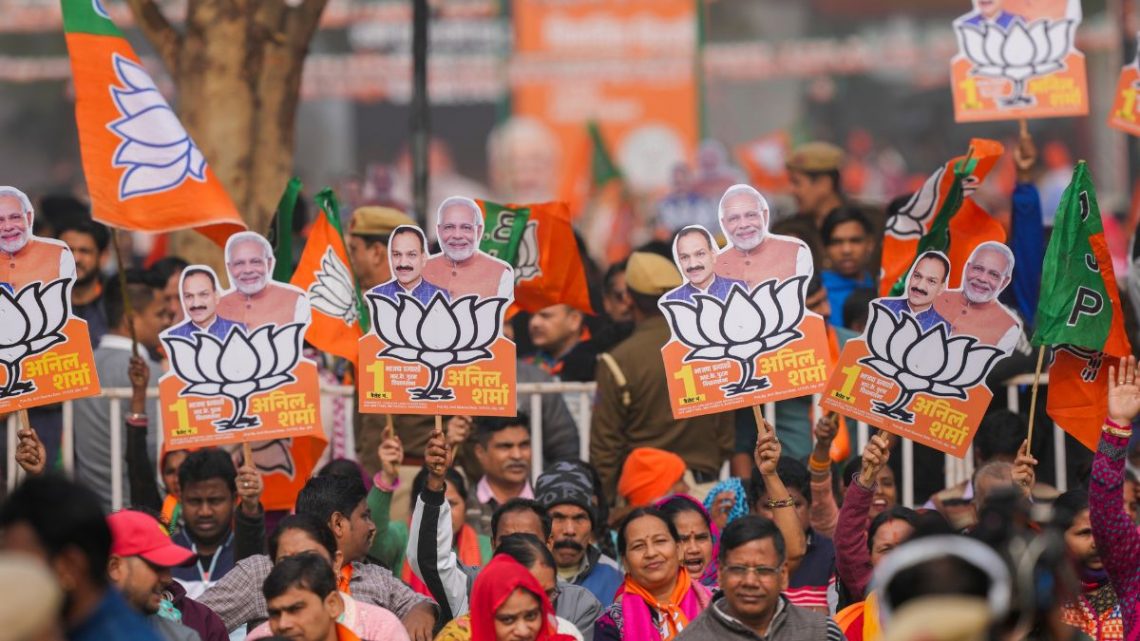BJP is on its path to forming the government in Delhi for the second time since 1998. The party is leading in 48 out of 70 seats, well ahead of the magic mark of 36. These numbers are a testament to BJP’s resurgence in the city which it once ruled 27 years ago.
The story of BJP’s only term in Delhi, however, is not a pleasant one. Marred by an onion crisis and internal rifts, the party’s track record in governing the national capital from 1993 to 1998 eventually led to its fall, a damage that could not be undone for the next 27 years.
Catch all the live updates on Delhi Assembly Election results
here
As of 3:30 pm, the BJP is leading in 48 out of 70 seats while the Arvind Kejriwal-led Aam Aadmi Party is ahead in 22. Factors like attention to the middle class and a promise to continue AAP’s welfare schemes seem to have played out well for the Prime Minister Narendra Modi-led party in Delhi.
Here’s how BJP’s second term will look different from its first one:
BJP’s first rule in Delhi was full of hiccups and the most recurring one was the change of chief minister.
Within five years, the leadership changed the chief minister thrice owing to battles within the party lines. The party debuted in the national capital under BJP leader Madan Lal Khurana who retained the chief ministerial post for three years from 1993 to 1996. Despite being a popular leader, Khurana resigned from the position amid accusations of corruption levied against him.
Come 1996, Sahib Singh Verma took over the CM chair after the BJP refused to reinstate Khurana. However, Verma could not hold onto his seat for long either and eventually resigned in two years. His fall occurred against the backdrop of economic hardships, particularly the onion crisis of 1998.
In 1998, Sushma Swaraj was made the chief minister of Delhi, a post she only held for 52 days before the Congress came to power after sweeping that year’s election under the leadership of Sheila Dikshit.
The worst of all the problems that could not sustain BJP for a second rule after 1998 was the onion crisis.
That year, unprecedented rains impacted onion production so much that their prices skyrocketed from Rs 9-12 per kilogram to Rs 20-25 per kilogram. Exports were hit initially but resumed between March and July 1998. This, however, did not help bring onion prices down as its production was affected by heatwave, making them more expensive.
The central government led by the then prime minister Atal Bihari Vajpayee was largely unresponsive to the rise in onion costs, triggering anger among Delhiites. By October, onion prices the Rs 50 mark, prompting the government to allow imports of the vegetable under the Open General License.
Link to article –
Delhi Elections: Why BJP will look to do better with its 2025 win than its 1993-1998 term
